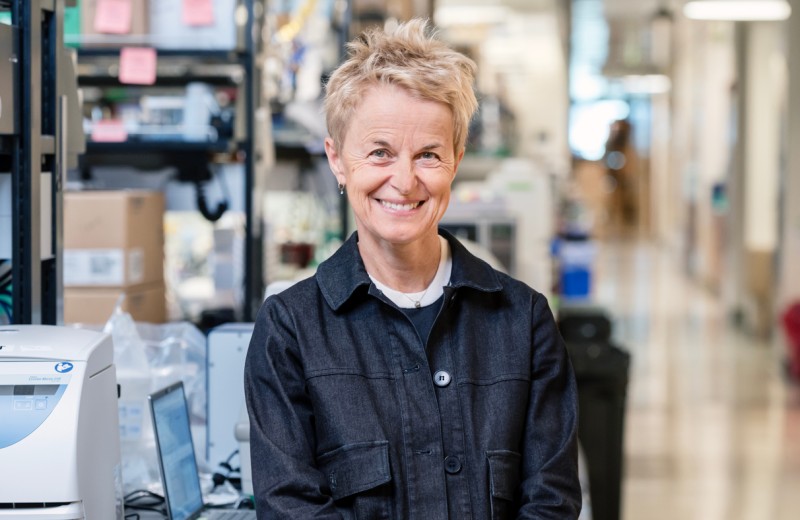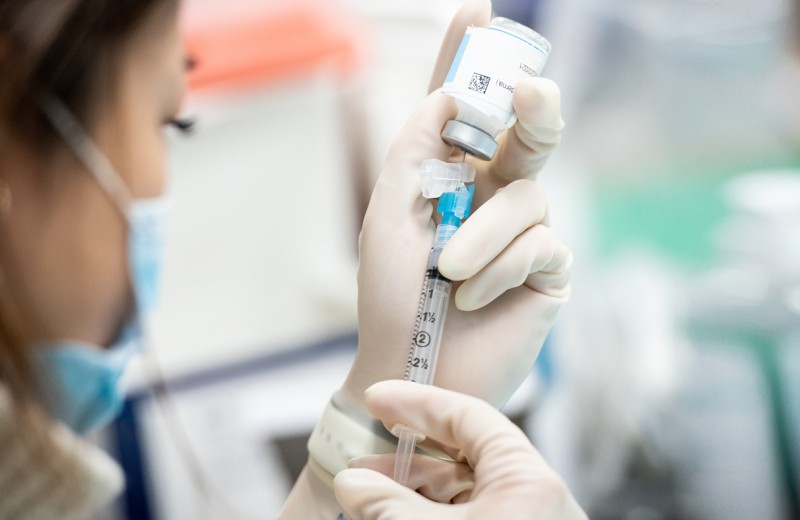Gladstone NOW: The Campaign Join Us on the Journey✕
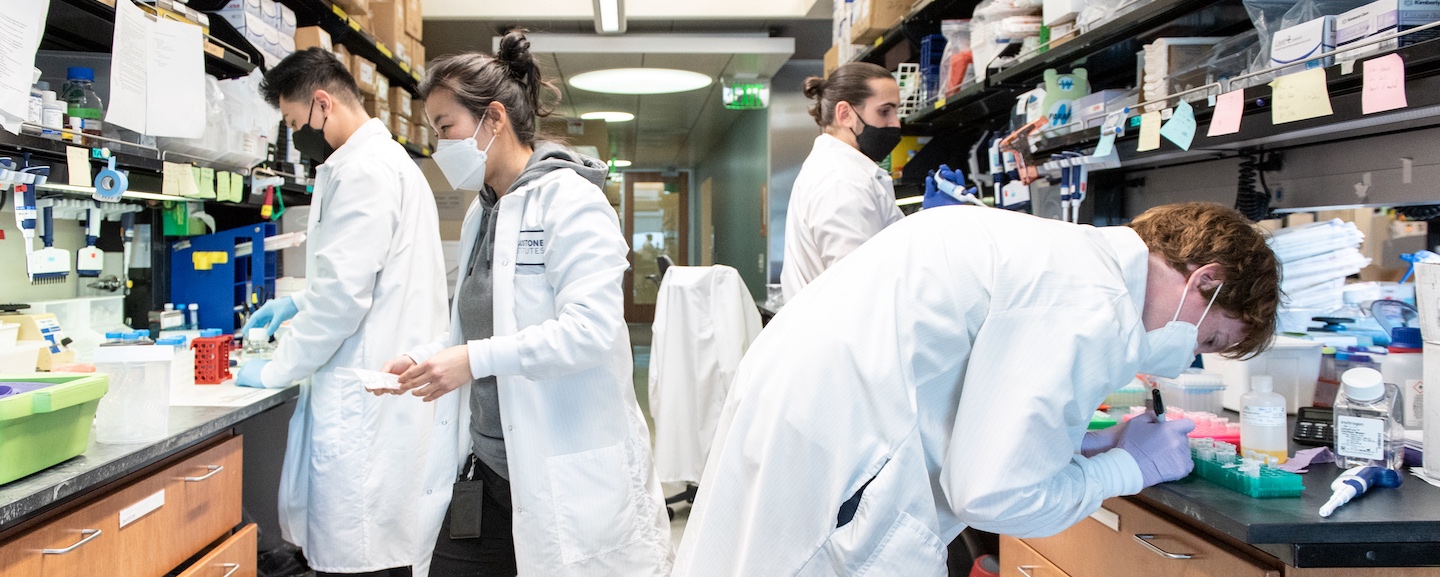
Over the course of the pandemic, Gladstonians have worked tirelessly to keep the organization running and to continue making scientific progress.
On March 18, 2020, the Gladstone building shut down as a response to the COVID-19 pandemic, requiring nearly all employees to work from home. Initially, the building was only open to those working on COVID-19 research. Slowly, and with strict masking and physical distancing policies, more and more researchers were allowed to come back onsite, with the majority of those in operations continuing to work remotely.
Over the past 2 years, Gladstone has continually evolved our approach to work and our environment in order to meet the needs of our community, and ensure their safety. On this second anniversary of the shutdown, Gladstone employees reflect on how their work has changed since the start of the pandemic.

Kamal Gill, Visiting Researcher
Conklin Lab
I started working at Gladstone during the pandemic and it was actually a pretty simple transition. This was largely because Gladstone had really great physical distancing, mask wearing, and other protocols, which ensured that when we were working in the building, we were staying safe.
One good thing the pandemic really brought is the introduction of virtual meetings, and the use of Slack and other forms of communication.
I think one good thing the pandemic really brought is the introduction of virtual meetings, and the use of Slack and other forms of communication. So, even when I was working with people in different cities, or even different states, they were only a few seconds away. I think that’s a really wonderful part of working at a place that can adapt so quickly.
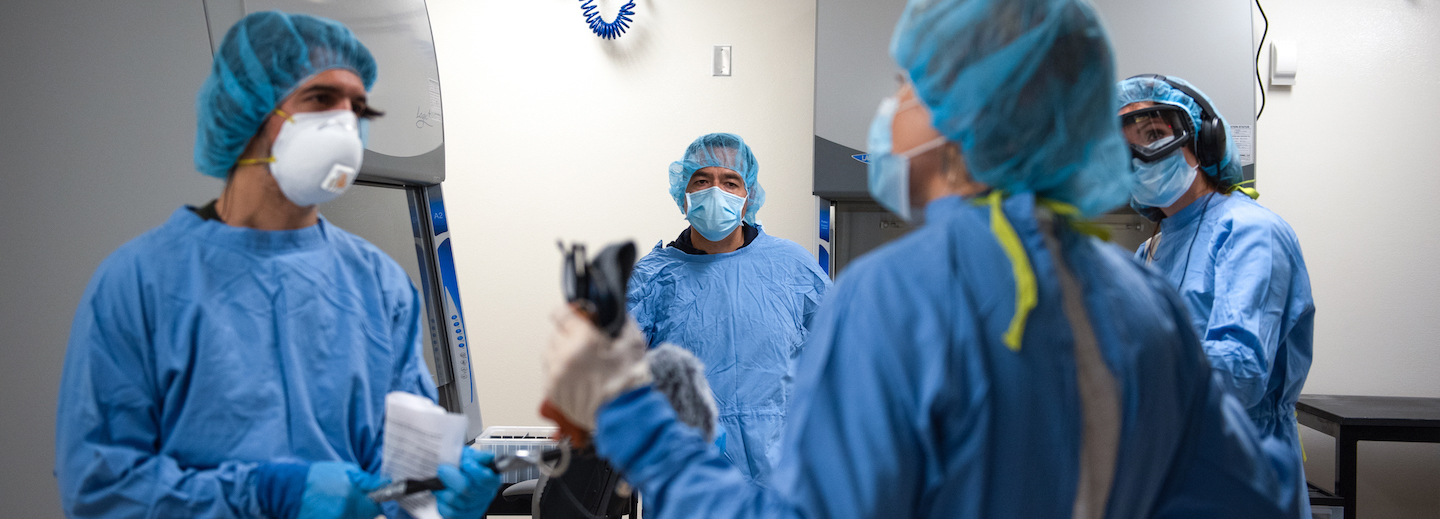
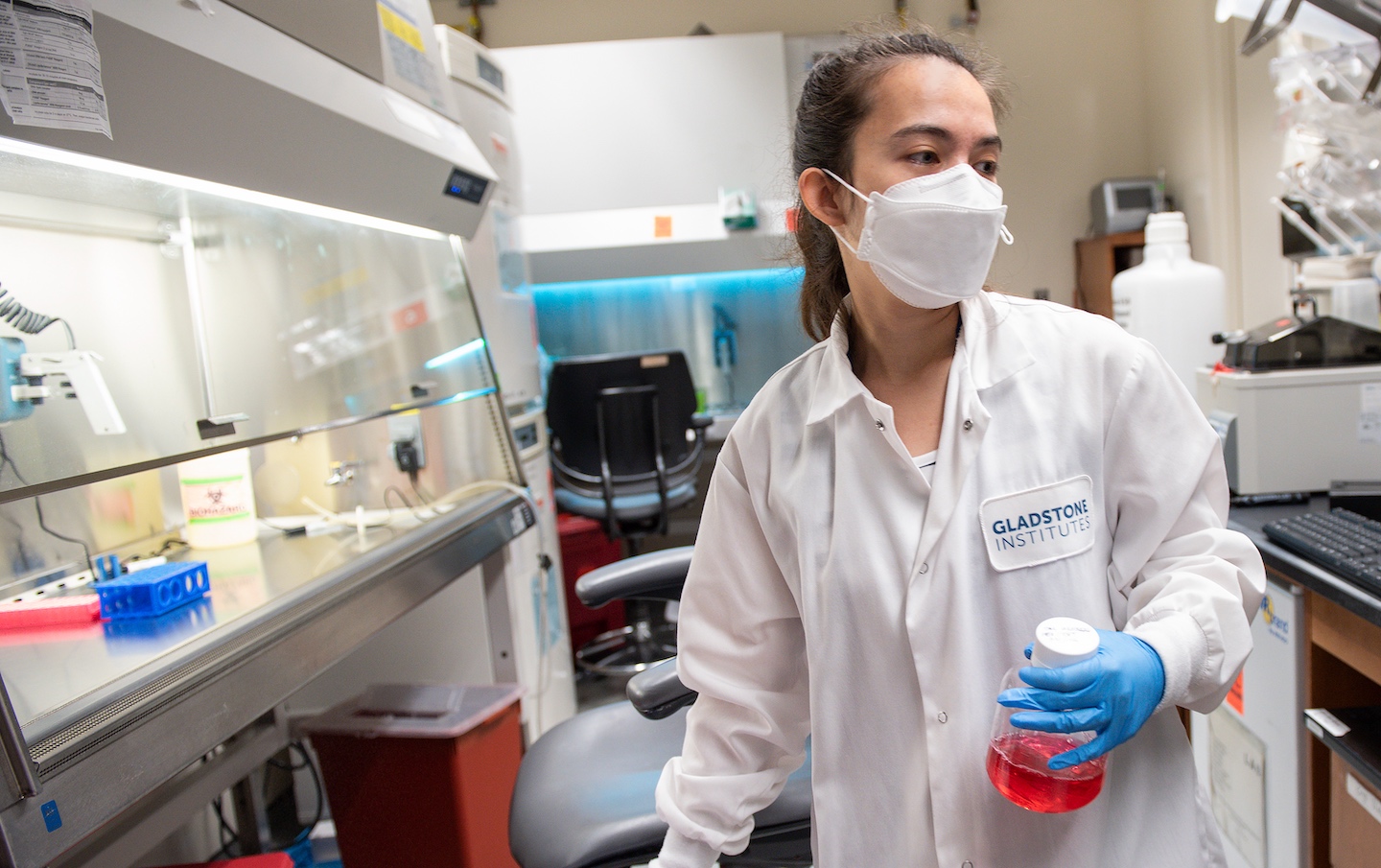
Sierra Lear, Graduate Student
Shipman Lab
The pandemic has made my work 50 times harder and easier. Not being allowed within 6 feet of other people has sometimes made it harder to access the people, resources, or training I needed to make experiments run more smoothly.
The experience allowed me to think more creatively and come up with a novel project idea that I’m now pursuing.
Simultaneously, when the shutdown first occurred, I had no choice but to take a step back from the daily grind and, rather than go into the lab, reflect a bit. Doing so was against my typical nature, which is sometimes to plow straight ahead without breaks. The experience allowed me to think more creatively and come up with a novel project idea that I’m now pursuing. It also helped me realize the importance of purposeful breaks to reinvigorate your thinking and scientific approach.
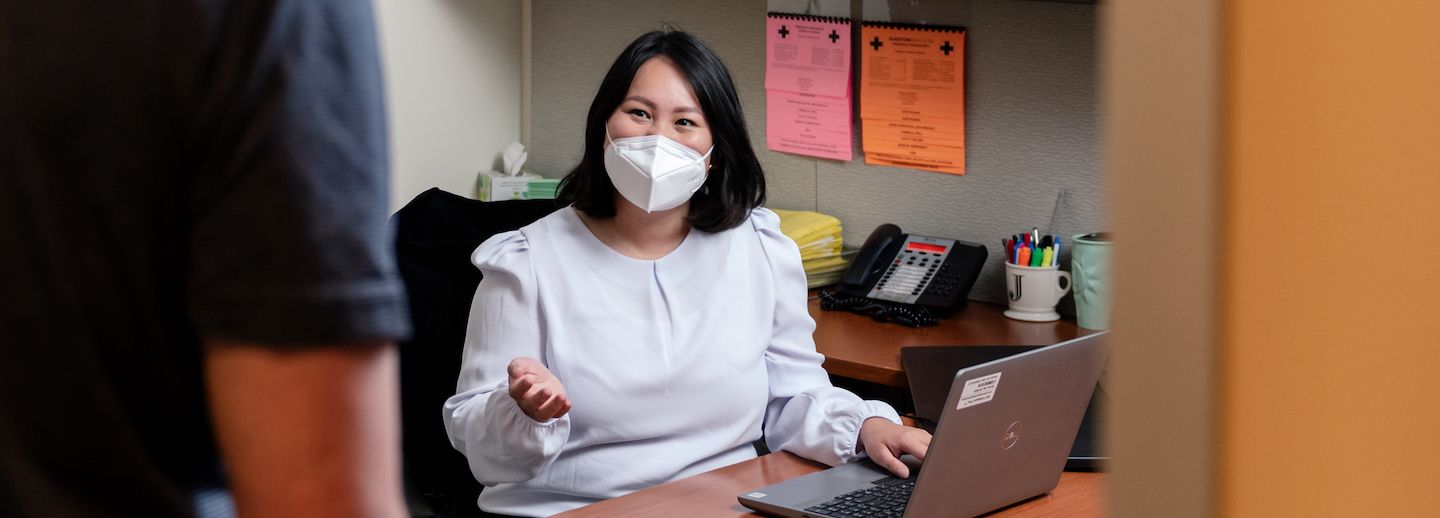

Jason Neidleman, Research Scientist
Roan Lab
Previously, my projects were entirely focused on HIV, but during the pandemic, we also undertook several SARS-CoV-2 projects. It has been an exciting and intense couple years of research. It’s amazing how quickly clinical and research labs were able to pivot to a new virus, and it has been satisfying to be a part of the effort.
It has been an exciting and intense couple years of research.
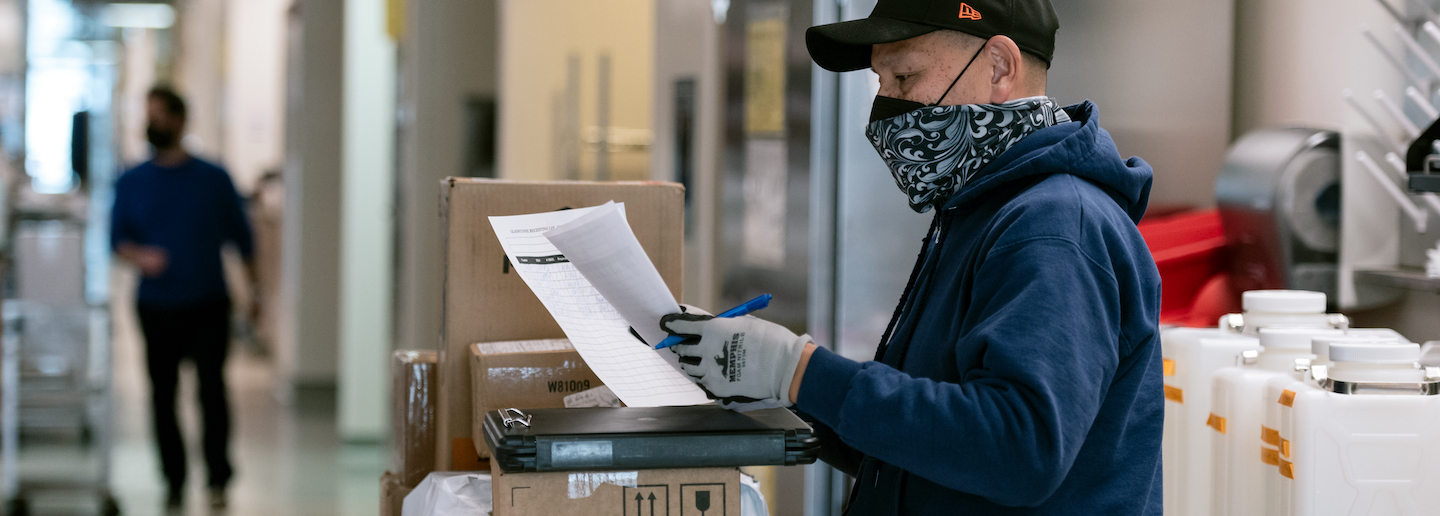
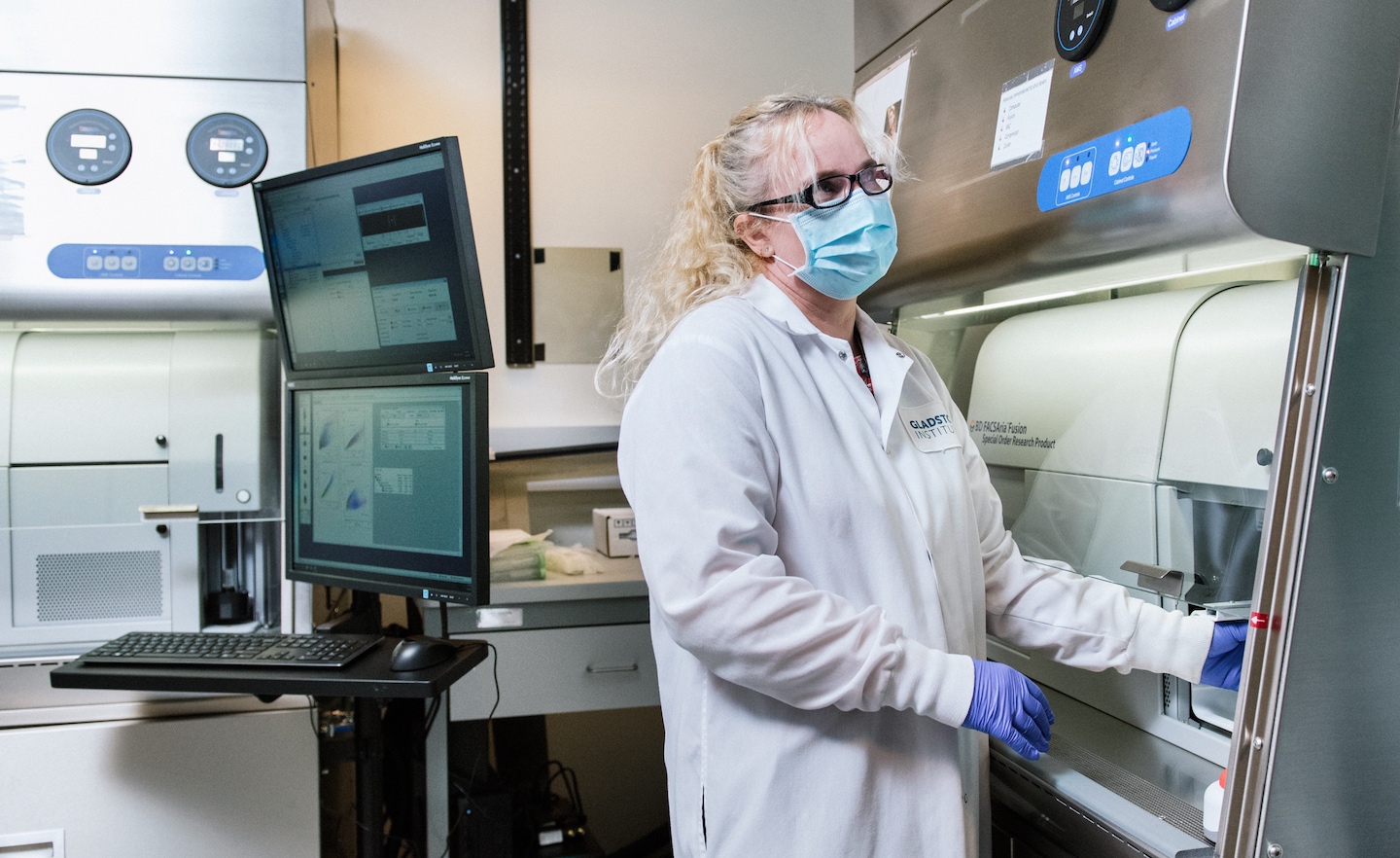
Jane Srivastava, Director
Flow Cytometry Core
For the flow core, our workload definitely decreased because of the pandemic, and training people was often hard since we had to be physically distanced and in full personal protective equipment. It did give us an opportunity though to examine and improve the kinds of training and resources we provide to scientists.
Training people was often hard since we had to be physically distanced and in full personal protective equipment.
It has also given me a chance to reach out to the wider flow community both in the Bay Area and nationally. The Gladstone Flow Cytometry Core has recently joined forces with flow cores at UC San Francisco to focus on training and common issues that arise and to try and find solutions together.
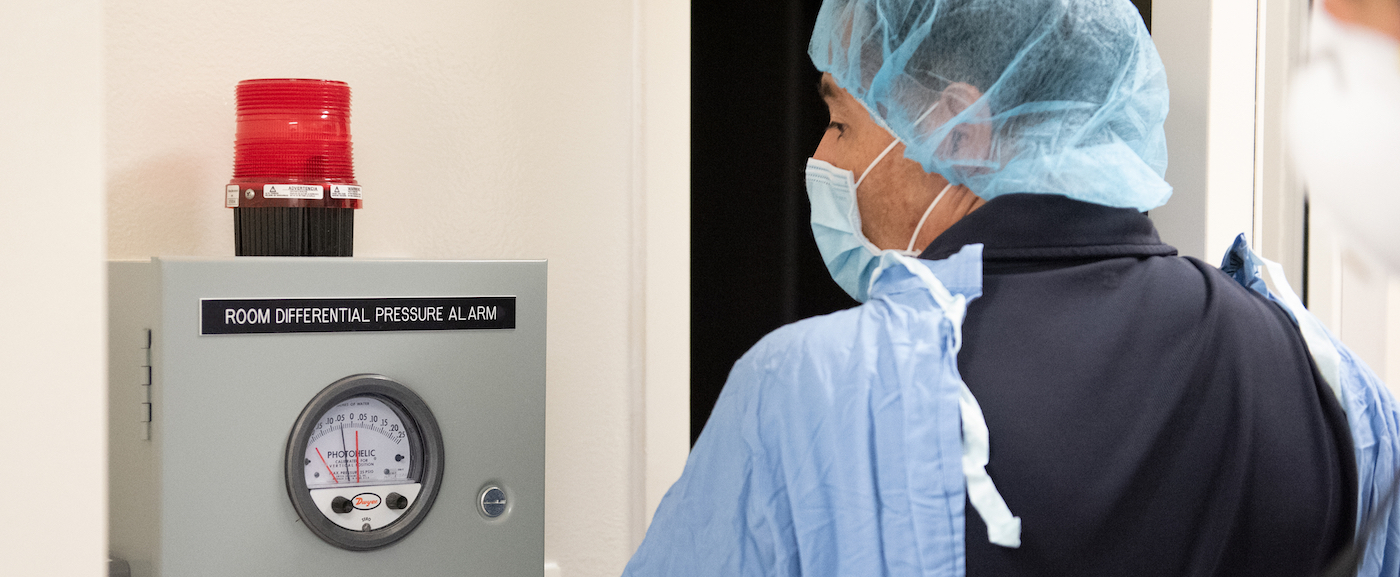
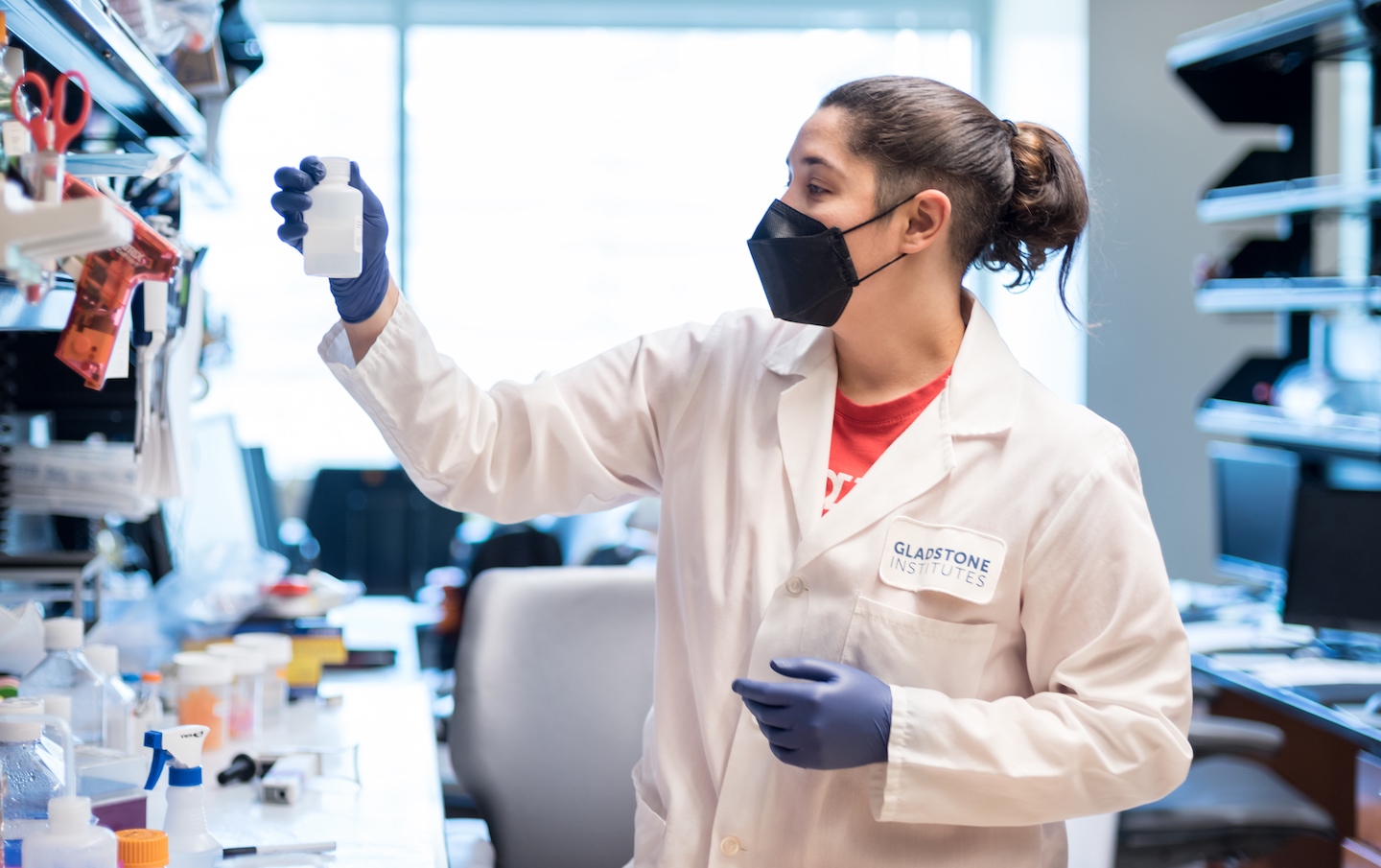
Stephanie Miller, Postdoctoral Scholar
Palop Lab
The pandemic began on my third day of work as a postdoc at Gladstone. Everything in San Francisco shut down, and my inbox was suddenly flooded with cancellations for events I had been invited to just the day before. I worried that my fledgling research project would be similarly affected. Fortunately, my advisor, Jorge Palop, helped me pivot to a work-from-home-friendly machine learning approach for evaluating disease progression in a mouse model of Alzheimer's disease. By embracing creativity and flexibility, I was able to hit the ground running with my research in 2020. Our machine learning approaches continue to pay dividends today, presenting opportunities for collaboration both within and beyond Gladstone Institutes.
By embracing creativity and flexibility, I was able to hit the ground running with my research in 2020.
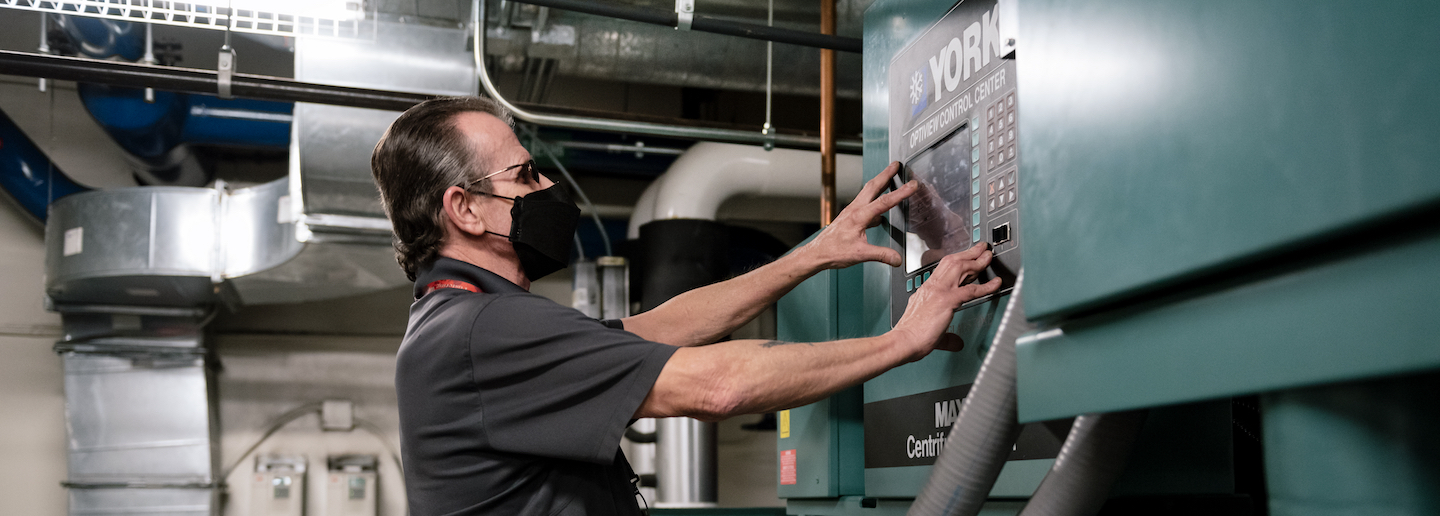
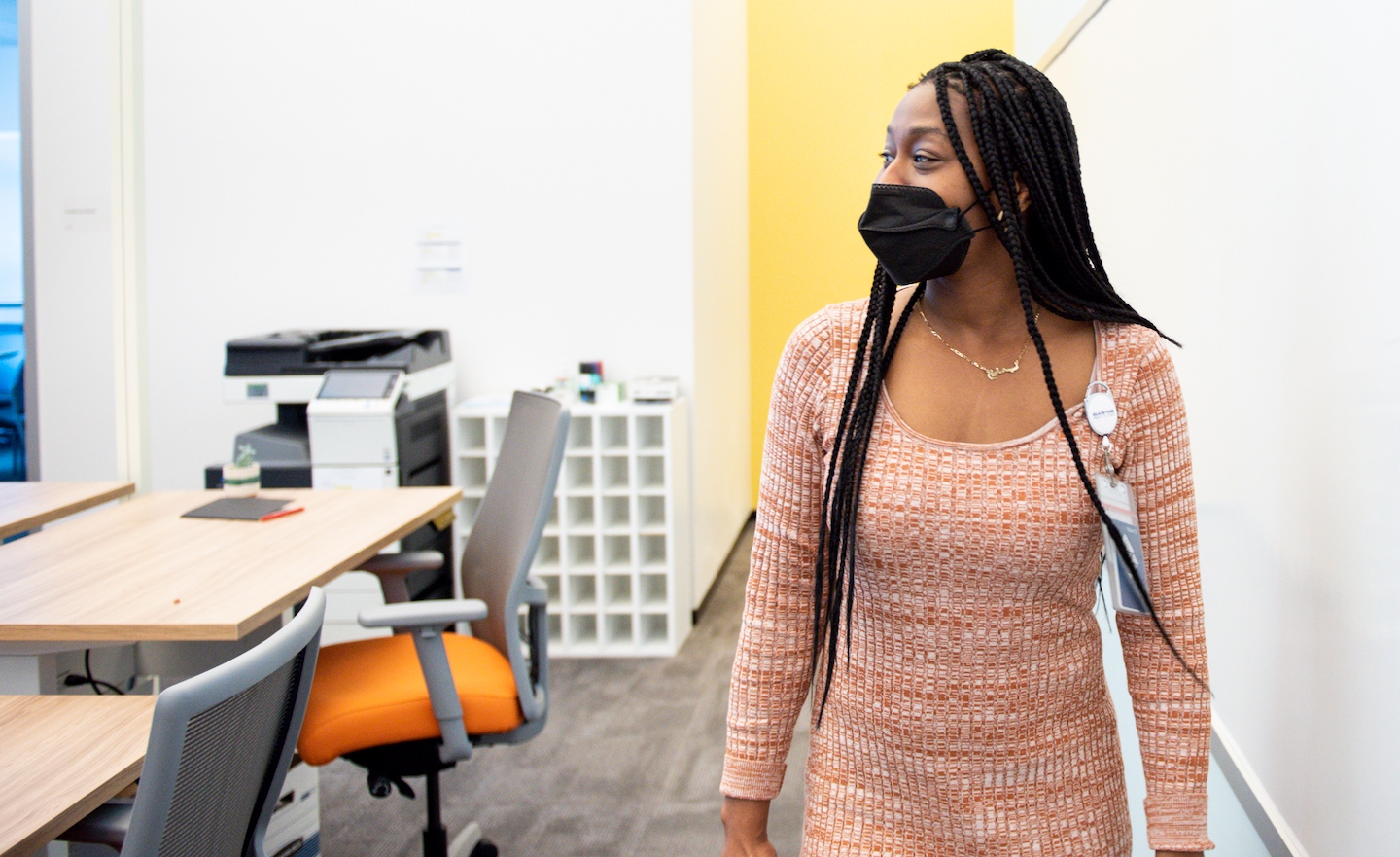
Zainab Yusuf-Sada, Administrative
Specialist
Prior to the pandemic, we would offer about 20–30 in-person workshops per year, each drawing an average of 20–30 people. Since the pandemic, we have launched a virtual workshop series, which has had a huge impact on the bioinformatic community. We now reach a larger audience and our workshops at times get over 100 attendees.
Since the pandemic, we have launched a virtual workshop series, which has had a huge impact on the bioinformatic community.
The Gladstone Institute of Data Science and Biotechnology began a faculty search in the early months of the pandemic. Working remotely actually made scheduling and interviewing a lot more efficient, since there are so many moving parts. At the end of the search, we hired three new investigators who are now at Gladstone.
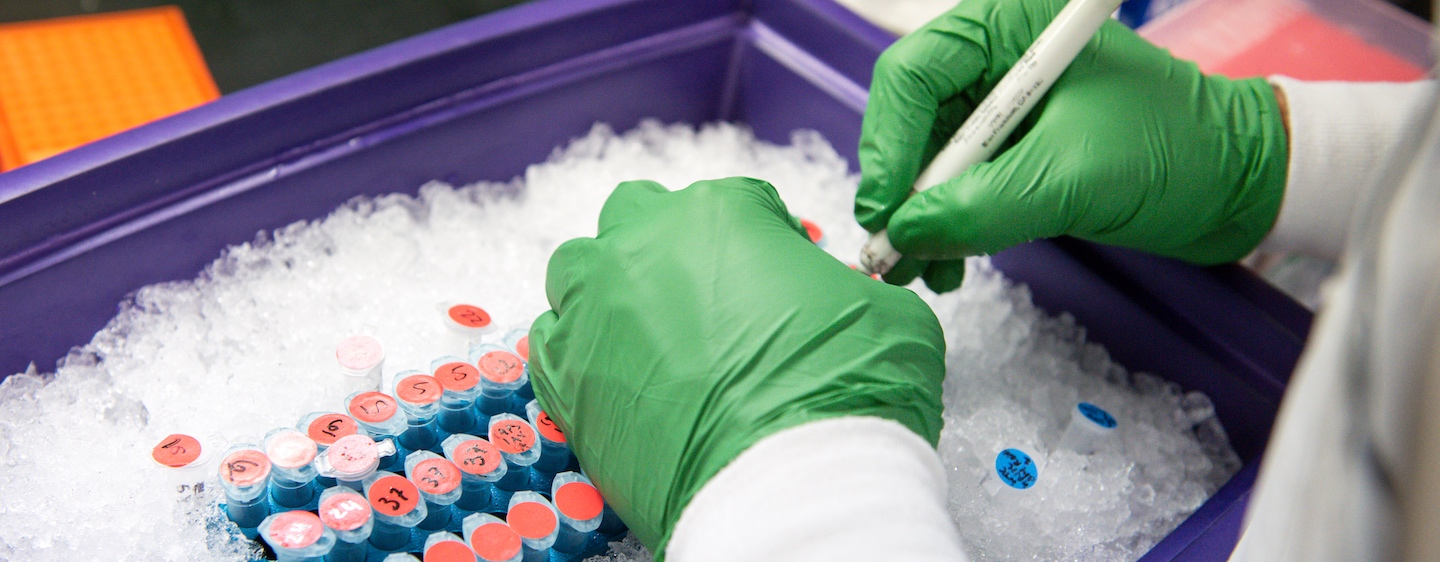
Want to Join the Team?
Our people are our most important asset. We offer a wide array of career opportunities both in our administrative offices and in our labs.
Explore CareersBeyond Viruses: Expanding the Fight Against Infectious Diseases
Beyond Viruses: Expanding the Fight Against Infectious Diseases
The newly renamed Gladstone Infectious Disease Institute broadens its mission to address global health threats ranging from antibiotic resistance to infections that cause chronic diseases.
Institutional News News Release Cancer COVID-19 Hepatitis C HIV/AIDS Zika Virus Infectious DiseaseHow Do Vaccines Work?
How Do Vaccines Work?
An in-depth explainer about different types of vaccines and what happens in the body after vaccination.
Gladstone Experts COVID-19 Deep DivePregnancy, Lactation Shape Immune Response to COVID-19 Vaccine and Infection
Pregnancy, Lactation Shape Immune Response to COVID-19 Vaccine and Infection
Study finds strong immune defenses in pregnant and lactating women, with key benefits that could guide future vaccine design.
News Release Research (Publication) COVID-19 Infectious Disease Roan Lab

